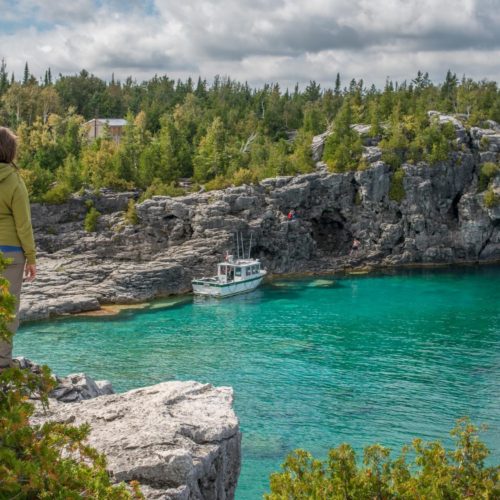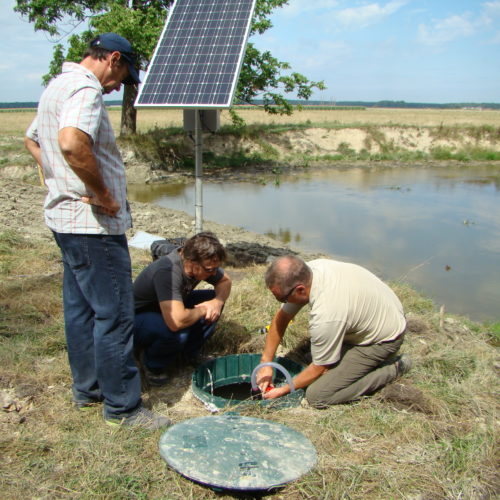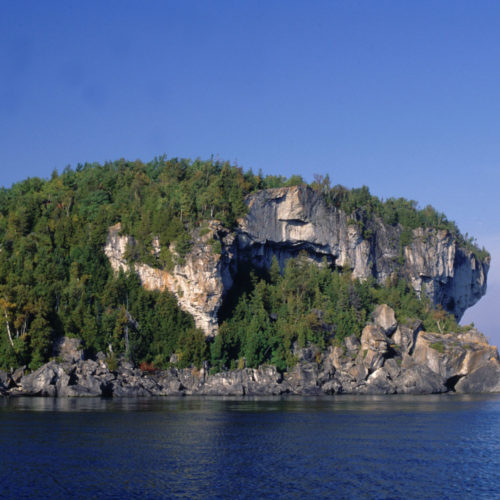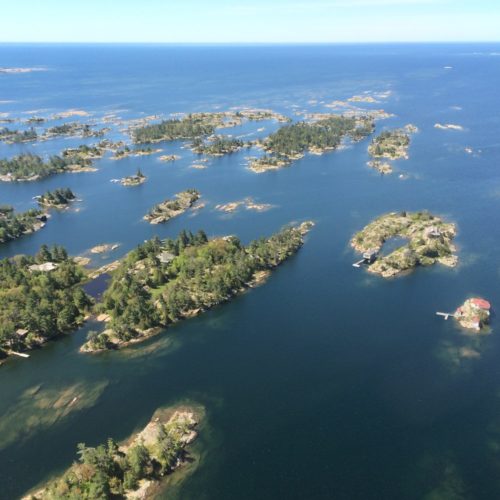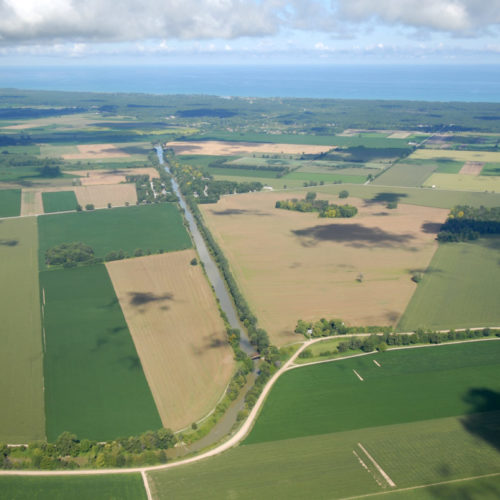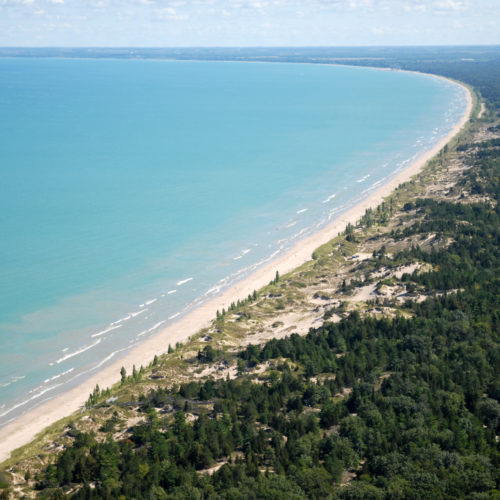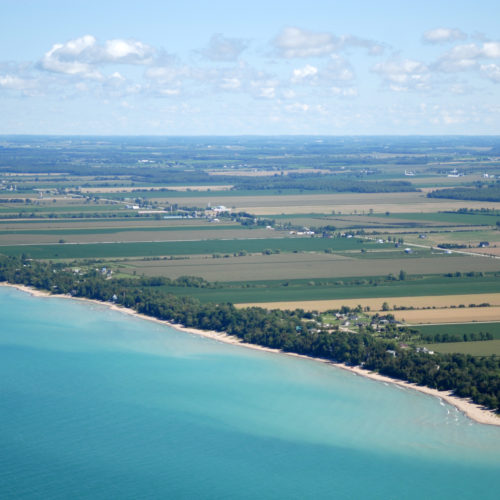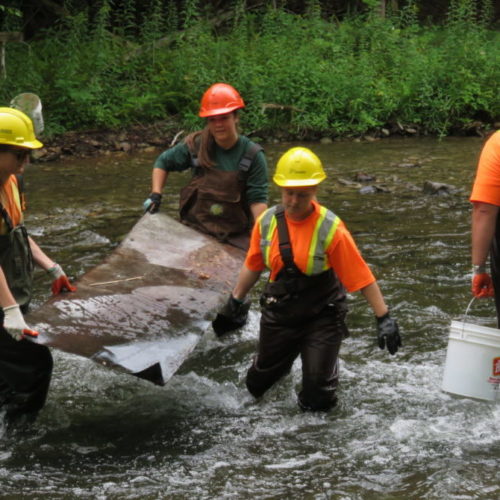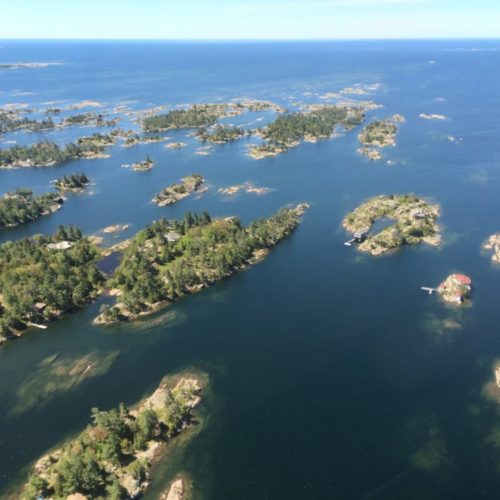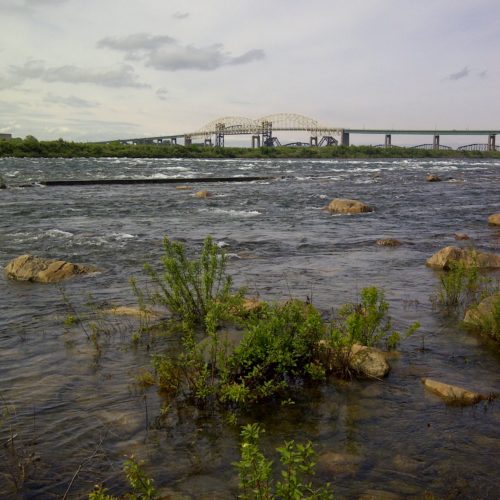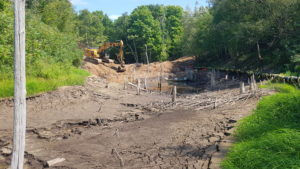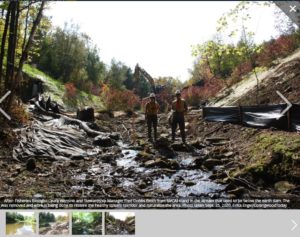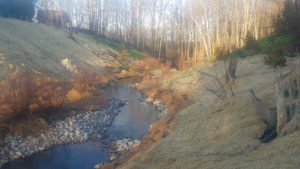The 2021 Naturalization and Habitat Improvement project builds upon the 2020 dam removal work completed at the Petun Conservation Area. The decommissioning of the dam structure and elimination of the stagnant head pond in 2000 were completed with the goal of eliminating the 7C increase in summer stream temperatures at the site in order to improve trout habitat in Black Ash Creek.
The construction of a fast-flowing 80m long stream channel in 2000 and removal of the stagnant head pond will have partially addressed the 7C of warming at the site. The new rock-lined stream channel however is lacking shading vegetation and is still susceptible to warming. The new channel is also without the natural woody material which is needed to provide habitat for native brook trout. The 2021 project will engage local stakeholders in planting native vegetation, establishing natural sod and installing woody habitat features and monitoring stream temperatures.
Nearest city or town: Town of the Blue Mountains, near Collingwood
Project start date: July 1, 2021
End date: October 31, 2021
Project focus: Ecosystem Restoration
Project contact: Fred Dobbs
